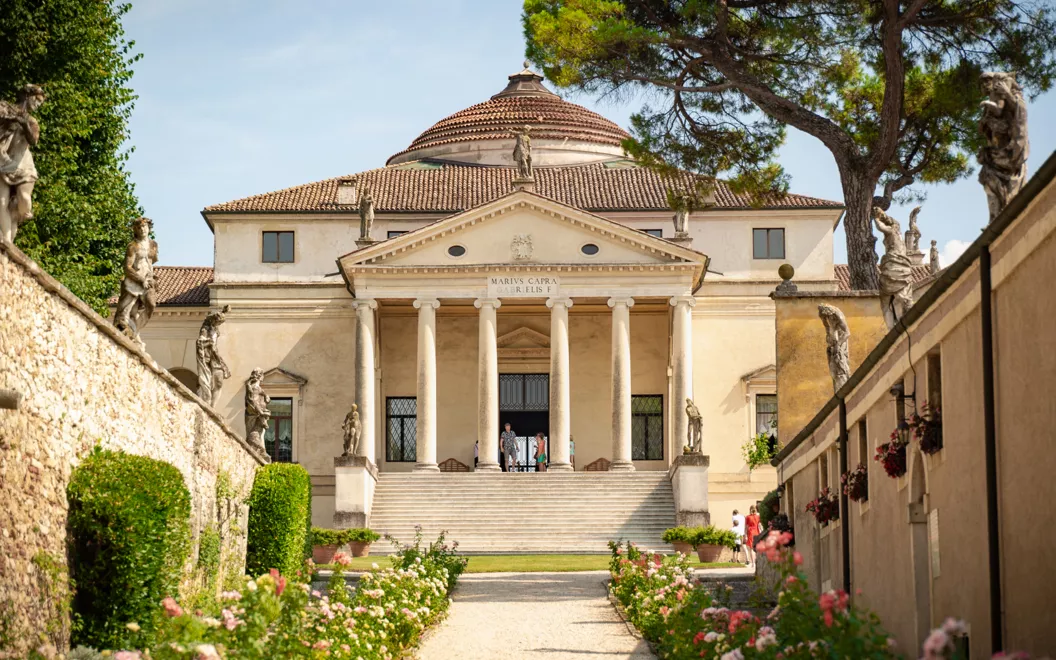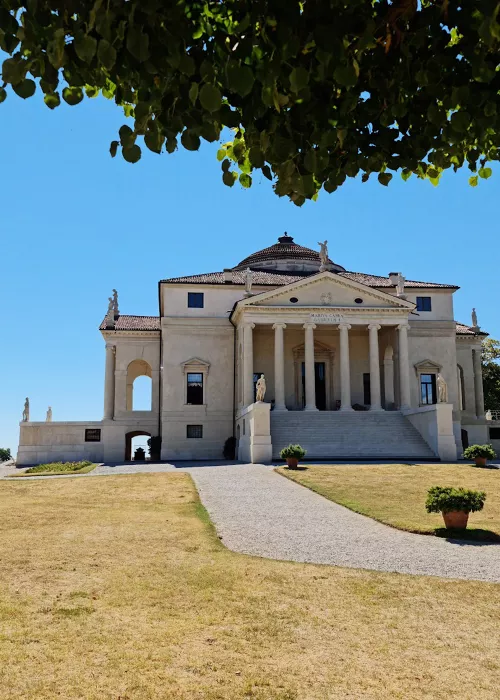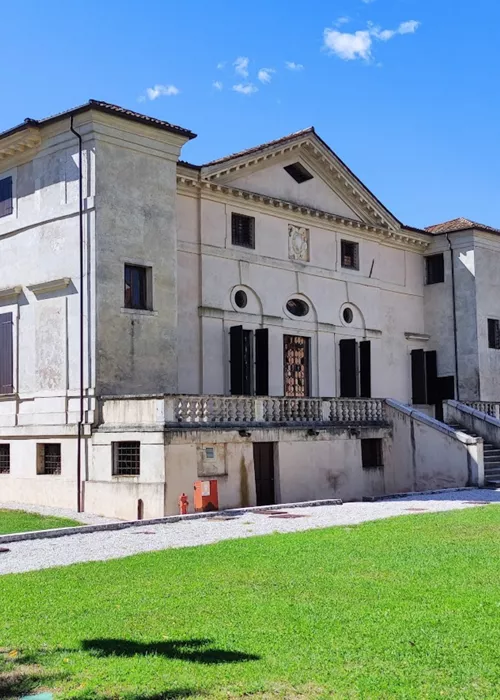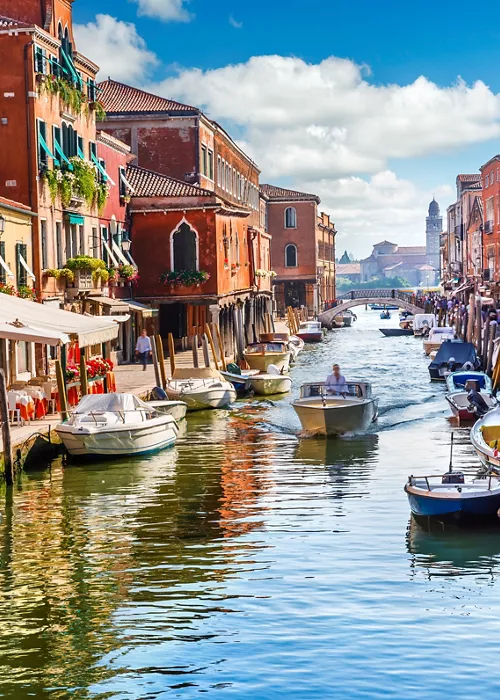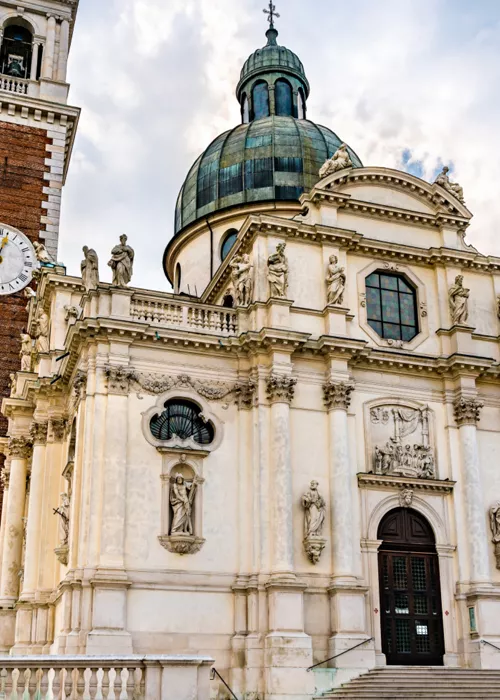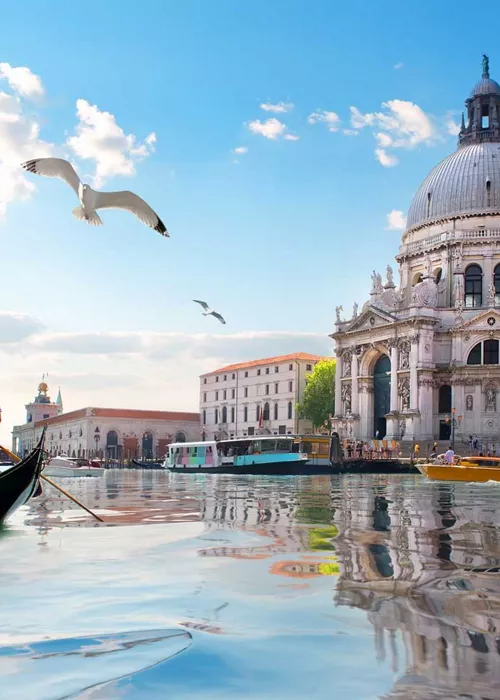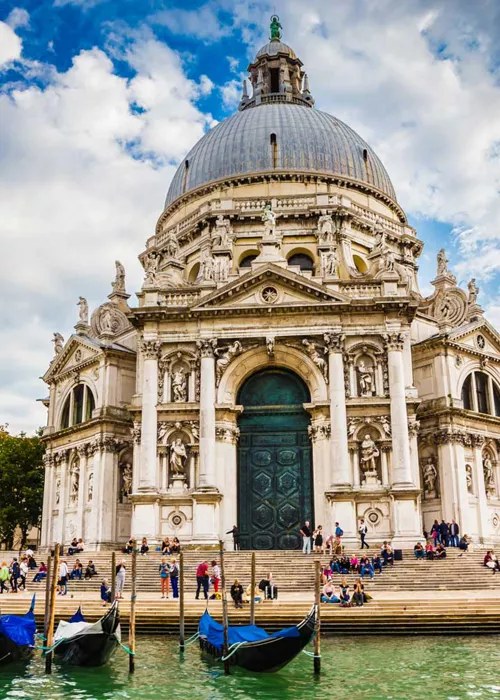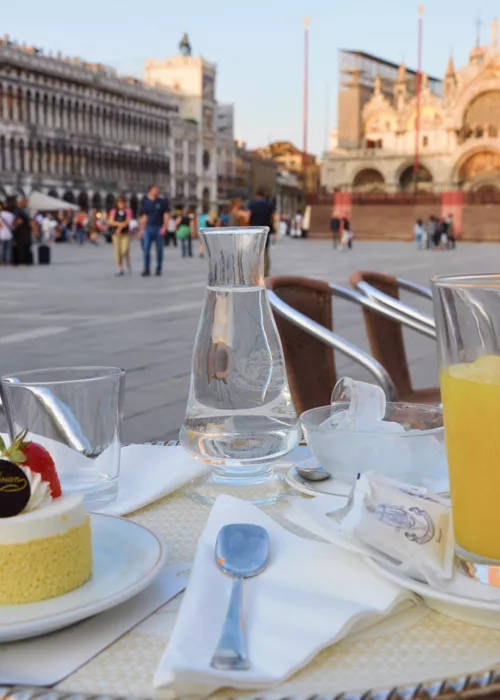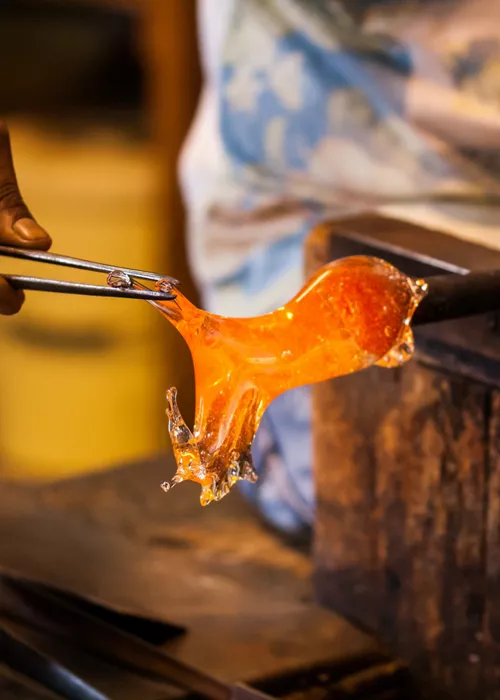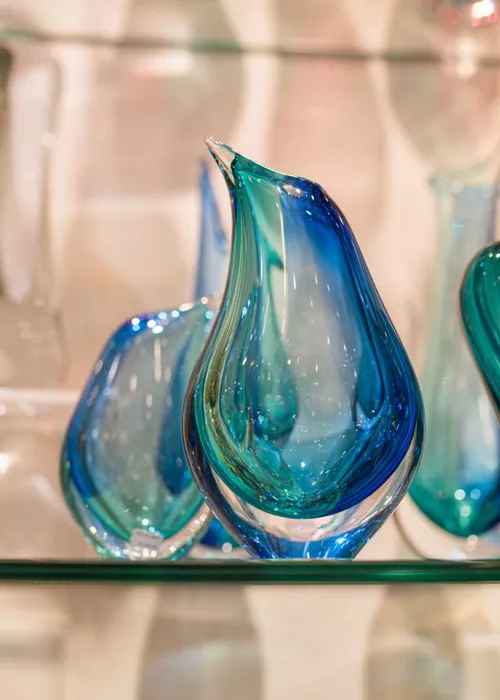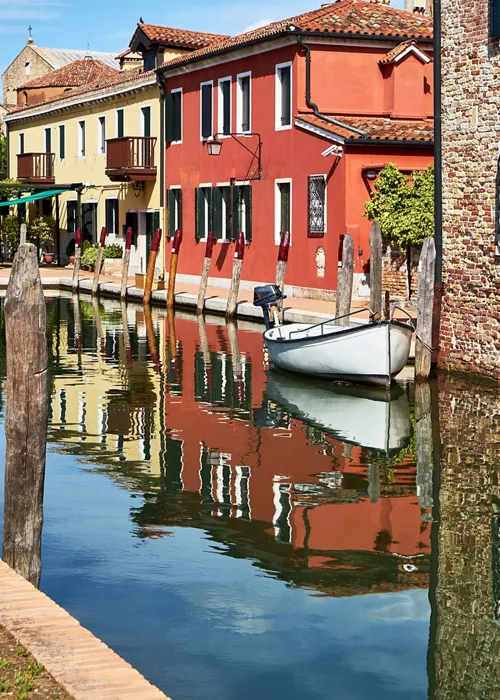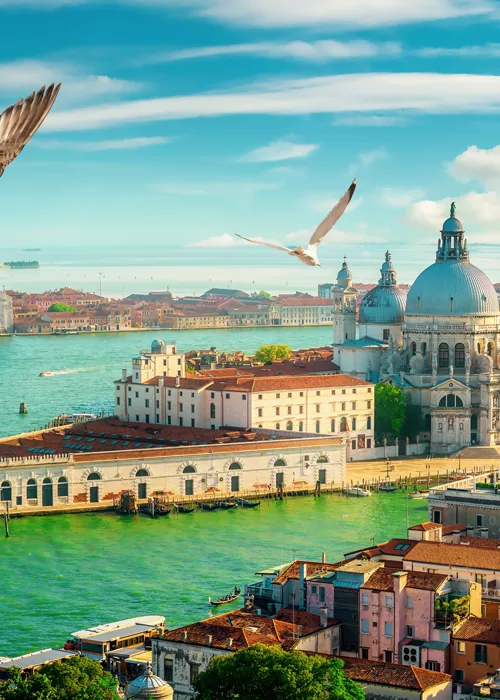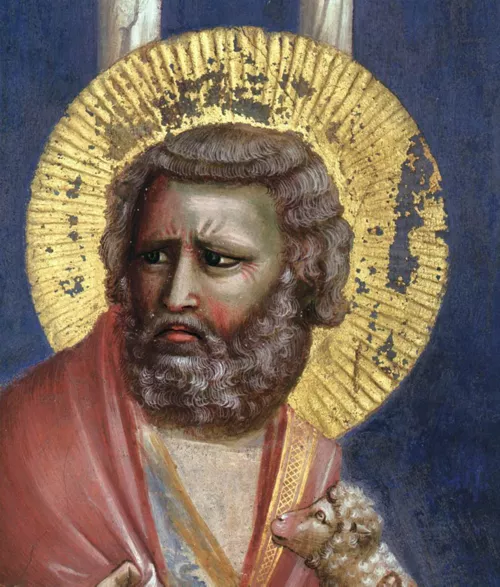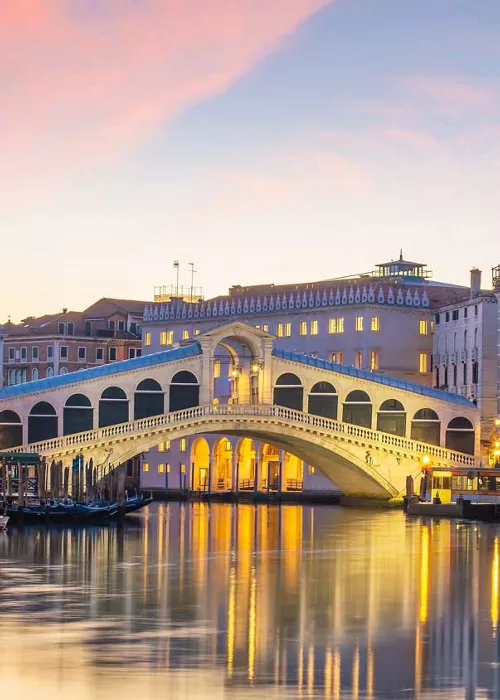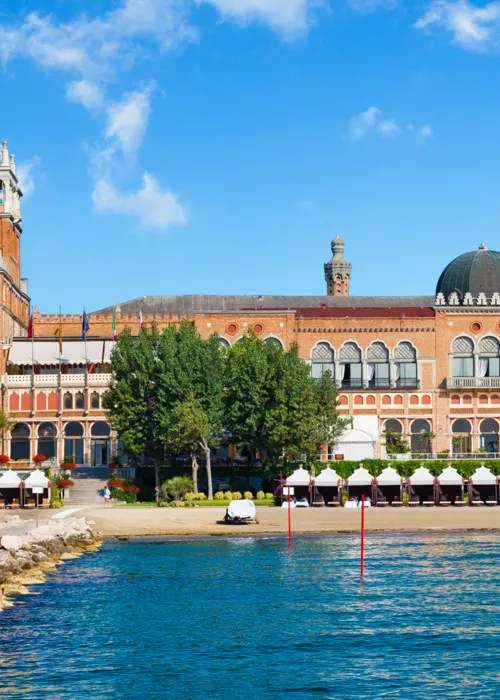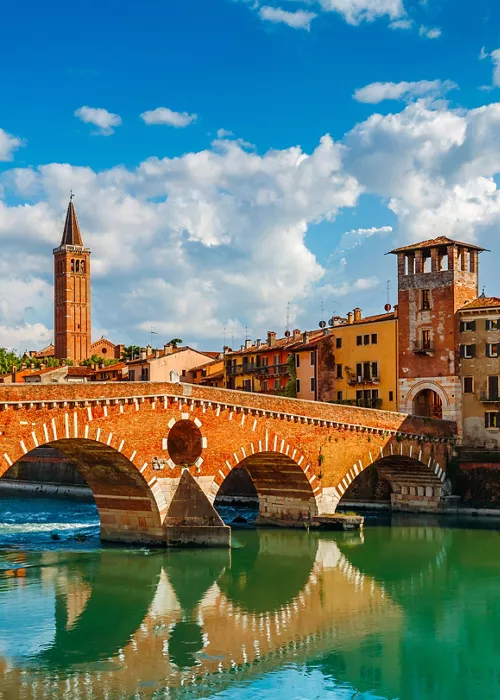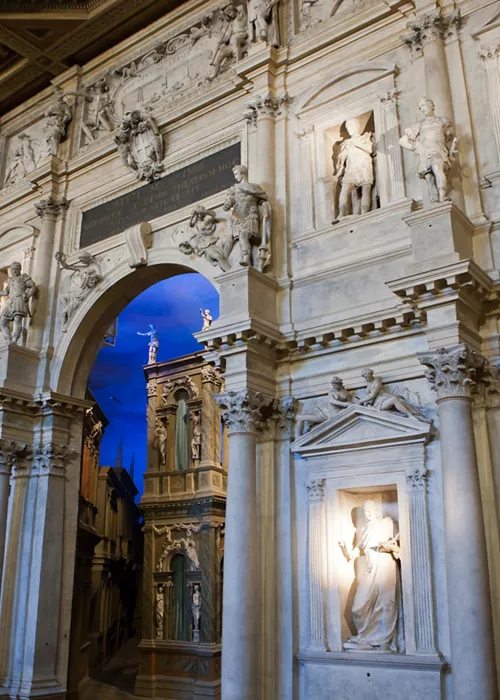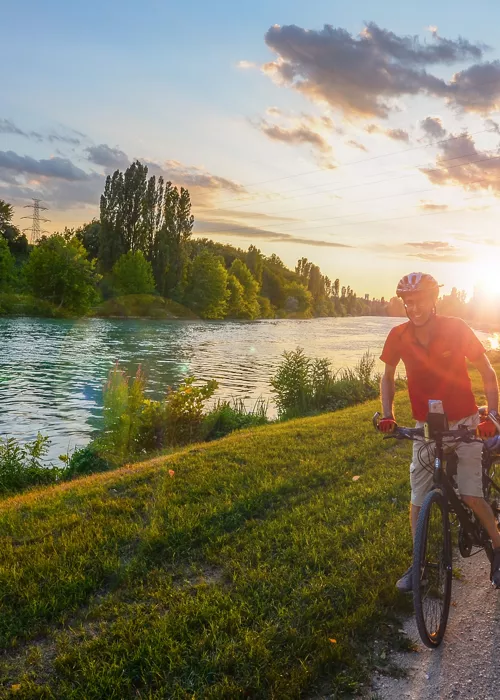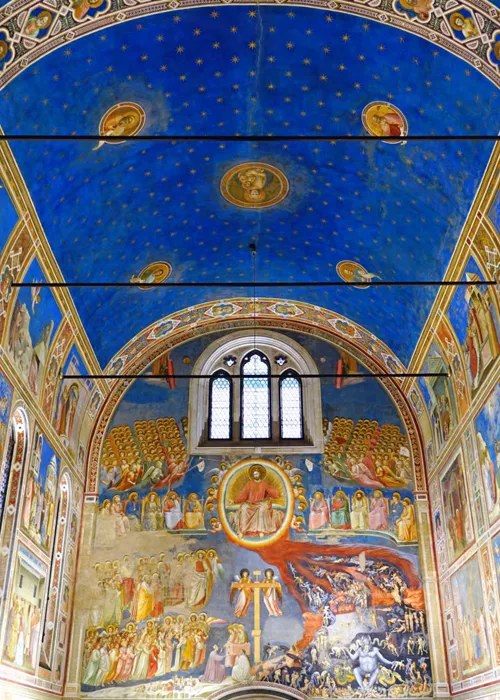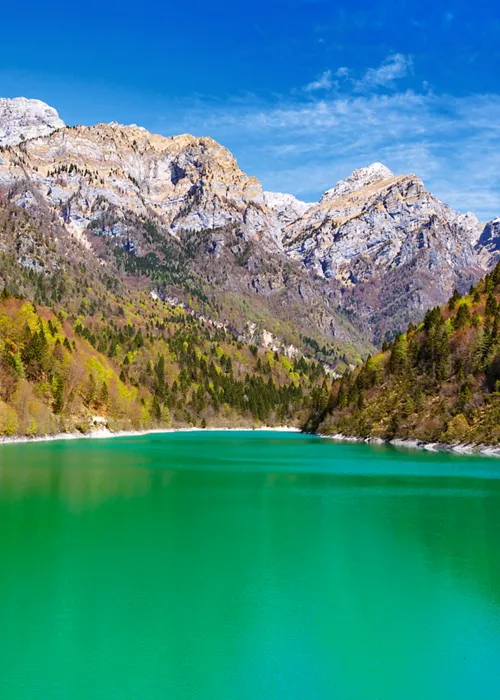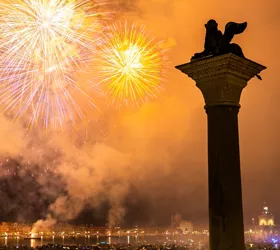In Vicenza to discover the Palladian villas and other hidden places
3 minutes
These architectural spectacles earned the city a place on the Italian UNESCO World Heritage list, initially limited to the historic centre and three suburban villas, subsequently expanded to include 21 villas scattered throughout the Veneto Region.
Here are some tips for planning your itinerary to discover the Palladian Villas.
Villa la Rotonda: the villa that inspired the White House
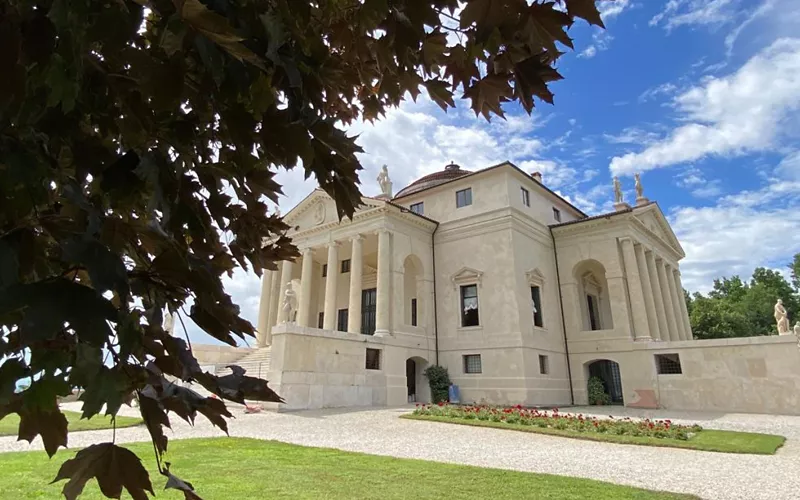
One of the most famous, used as a model in other countries such as North America, Villa Almerico Capra, known as La Rotonda, is located in Vicenza and bears a striking resemblance to the White House. In fact, American architects used it as a model.
Of all Palladio's villas, it is undoubtedly the most famous, thanks to its central plan and its four façades that are identical from any point of view.
Almost more a temple than a house, it was built as a country residence for Count Paolo Almerico, a canon who, after bidding farewell to the Roman Curia, decided to return to live in his native Vicenza. Palladio was inspired by the Pantheon and built a residence that was not very large - after all, Americo lived alone and did not need a great deal of space - but perfect for meditative purposes.
The Rotonda, located on a hill just outside Vicenza, is part of the eastern Vicenza itinerary, not far from two other villas: Villa Valmarana Ai Nani, where you can admire a marvellous cycle of frescoes by Giambattista and Giandomenico Tiepolo, and Villa Da Schio, in Costozza di Longare.
Crediti: ph.Consorzio Vicenzaè
Villa Caldogno and the villas of the Vicenza foothills
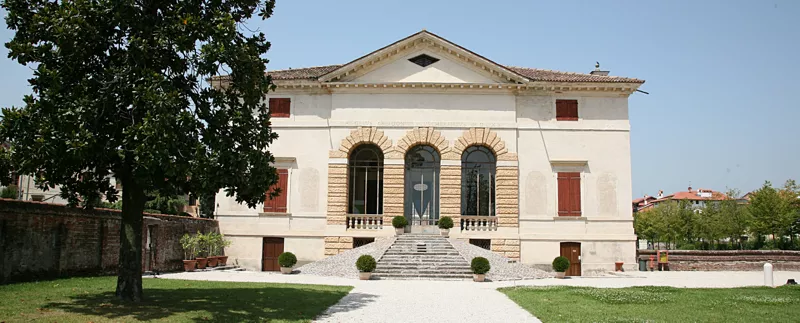
The villas of the Pedemontana Vicentina and Alto Vicentino also have wonderful surprises in store. Leave Vicenza behind and head north to Villa Caldogno, built to a design by Palladio before 1570 and made famous not only by the work of the famous architect.
In 1944 the structure was requisitioned by the German army, which set up a military command post here and built an underground concrete bunker, used to house the wounded and sick, but also functioning as an operating theatre. It has been renovated and is now open to the public, as is the entire complex.
Villa Trissino and Villa Pojana, among ancient mills, hermitages and breathtaking views: the villas of the lower Vicenza area
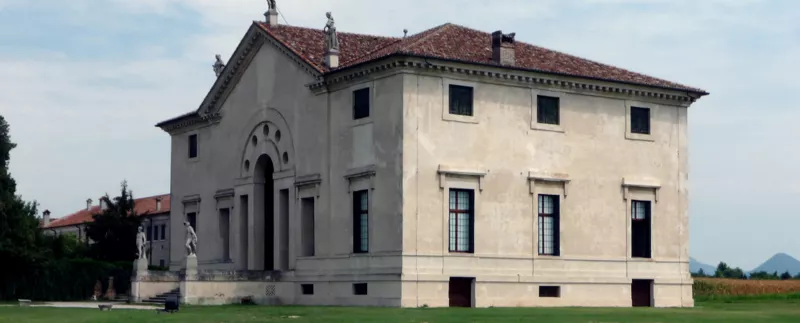
Between visits, the Vicenza area is also perfect for discovering other local sights.
South of Vicenza, for example, there is the Berici Hills area where, in addition to visiting some Palladian residences such as Villa Pojana, in the municipality of Pojana Maggiore, and Villa Trissino, in Meledo di Sarego, you can enjoy various excursions, among olive groves, hermitages and mediaeval watermills.
The starting point is the municipality of Mossano. After leaving your car, follow the signs for Berici Hills Path 81, which leads to the so-called Contra' dei Munari, where several mills fed by a stream once stood. Today only 12 of them can be seen, all perfectly restored.
After passing this small cluster of houses, the path proper begins. It is a gentle loop trail lasting about 2-3 hours. It runs along olive groves and terraces, offering beautiful views of the nearby Euganean Hills.
Before leaving the area, do not miss the grotto that, according to legend, hosted St Bernardine of Siena: it is a small hermitage that is also an important archaeological excavation because traces of the presence of Neanderthal man have been found here.
If, on the other hand, you want to head back towards Vicenza, stop at the ristorante inside Villa Godi Malinverni. This is the first residence built to a design by Palladio in 1542. It is located in Lonedo Lugo di Vicenza, and also appears in the film Senso by Luchino Visconti.
Palladio's villas represent the emblem of purity and simplicity of the classical period, a priceless heritage to visit, preserve and protect. Visiting them means taking the opportunity to make unusual excursions and taste excellent food.
Crediti: ph.Consorzio Vicenzaè

